ARTICLE AD BOX
The England and Wales Cricket Board reviewed more than 200 complaints of alleged discrimination in 2021.
The ECB made 12 commitments to promote equality, diversity and inclusion, and has published updates on its progress.
It said a new system for dealing with complaints of discrimination had "taken longer than anticipated".
Still, it said 208 complaints were received last year, all of which have now been reviewed.
There were 36 separate cases - some involving multiple allegations - in recreational cricket referred for further investigation. Of those, 12 remain under investigation while 24 have been concluded.
They involved 65 allegations of discrimination, of which 14 were substantiated during the investigation process - 47 were unsubstantiated and six withdrawn or undetermined.
The figures come after the ECB pledged to adopt a "standardised approach" to whistleblowing across cricket and creating a "better culture of reporting and complaint management" which will be managed by a new anti-discrimination unit.
The ECB said "full delivery" of the unit has "taken longer than anticipated" but a director has been appointed and "the implementation plan is being finalised".
"The ECB anticipates the first phase of the implementation plan will be operational by the end of December 2022, followed by phase two by spring 2023," it said.
There is another DCMS session about racism in cricket in front of MPs on Tuesday.
Last month, disciplinary proceedings over charges against Yorkshire and seven individuals were delayed until next year.
- Yorkshire cricket racism scandal - how we got here
- Reaction & all the evidence: Rafiq appears before MPs
The ECB also vowed to continue anti-discrimination training and around 4,500 people have completed the training in 2022, including 97% of ECB employees.
The dressing room culture has been reviewed for 30 teams across the men's and women's domestic games, as well as England women, England men's white-ball and disability teams. The final session will be held with the England men's red-ball team before the end of 2022.
The percentage of boys and girls from ethnically diverse backgrounds in youth academies has increased, as has ethnic diversity on club boards (from 5% to 17%), while female representation on boards has tripled (11% to 33%).
Female cricket on the rise
Following on from the success of the women's Hundred and the England national team, the ECB announced that the number of clubs offering women and girls the chance to play has risen by 12% since 2019 (to 1,050 in total), while there has been a 75% rise in the number of women's and girls teams (3,586).
Since 2019, there has been a 54% increase in people attending England women's fixtures and the number of female ticket buyers for the Hundred is up from 21% to 28%.
Elsewhere, free cricket is being played at 300 more schools in lower socio-economic areas, along with 200 more special education needs schools, while 104 clubs are regularly delivering disability cricket, up from 36 in 2020.
One of the ECB programmes to increase ethnic diversity in cricket is called Dream Big, which is co-funded by Sport England and has seen 2,109 South Asian women volunteer as role models at grassroots level, while 33% of participants on ECB coaching courses have been from ethnically diverse backgrounds.

- How to win the World Cup: No live games today? No problem! Watch this instead on BBC iPlayer
- A dead oil magnet and a trainee detective: Watch the gripping drama, Granite Harbour, set in Aberdeen


 2 years ago
24
2 years ago
24
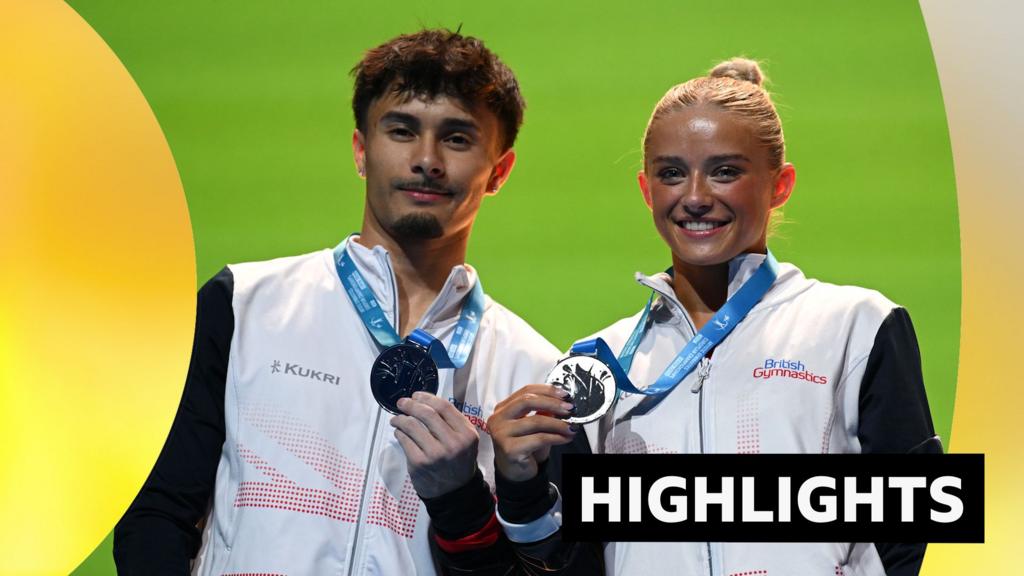
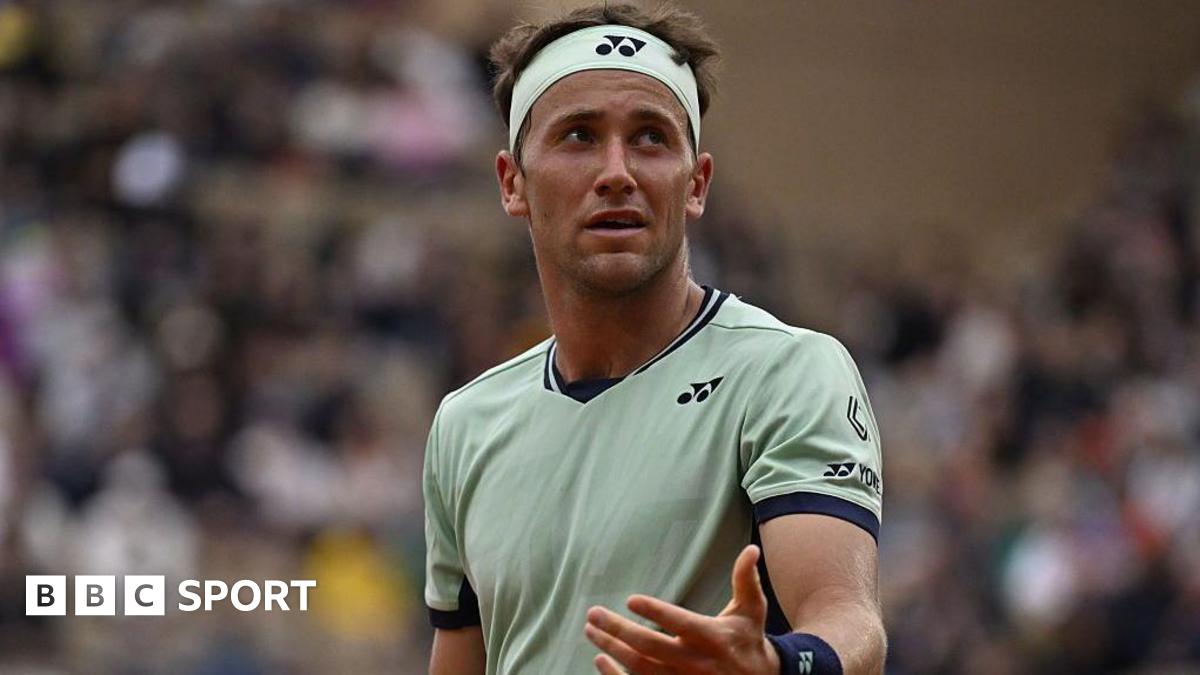

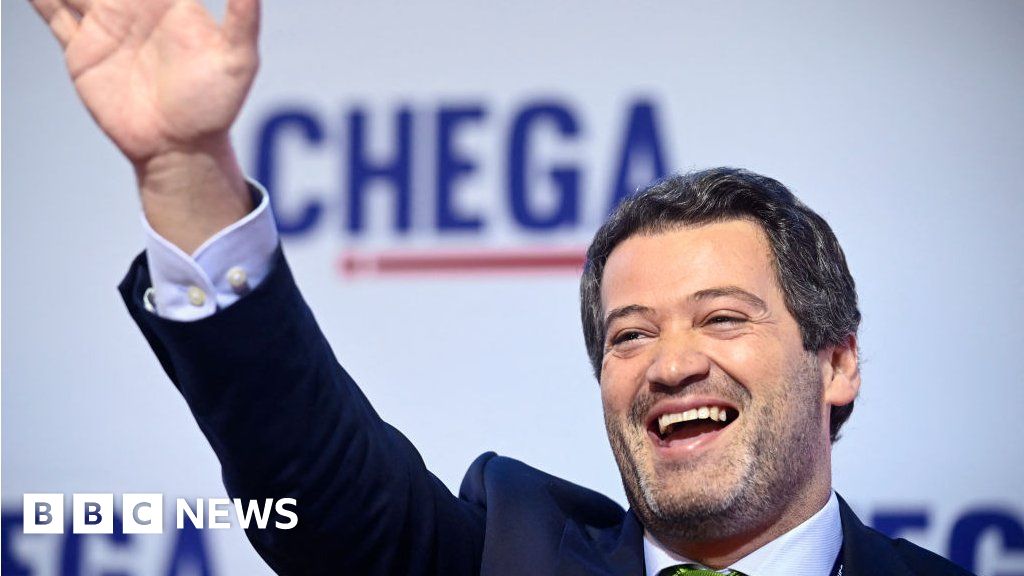
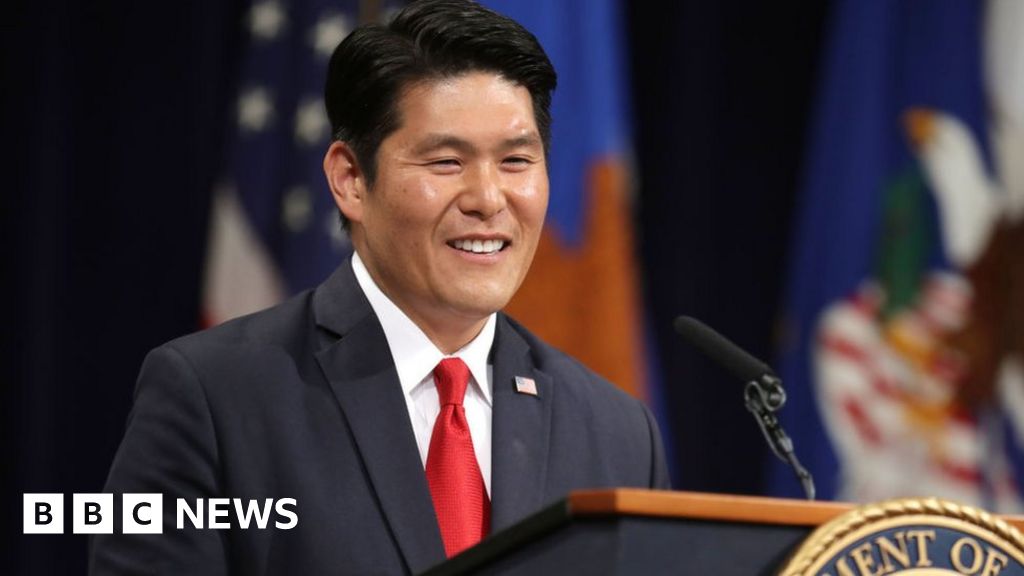
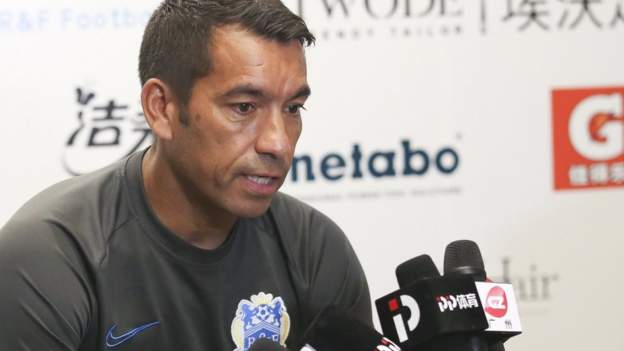
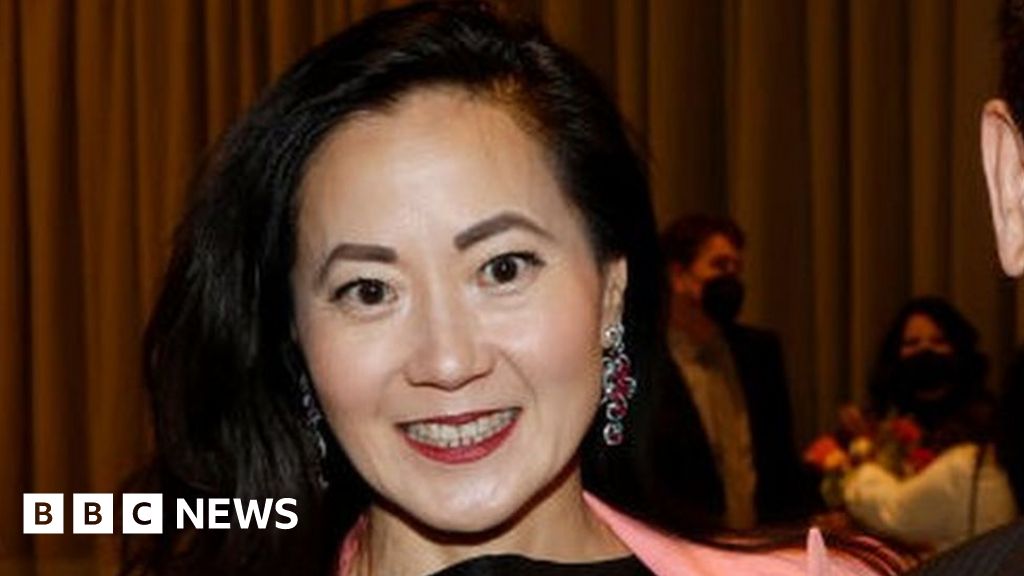
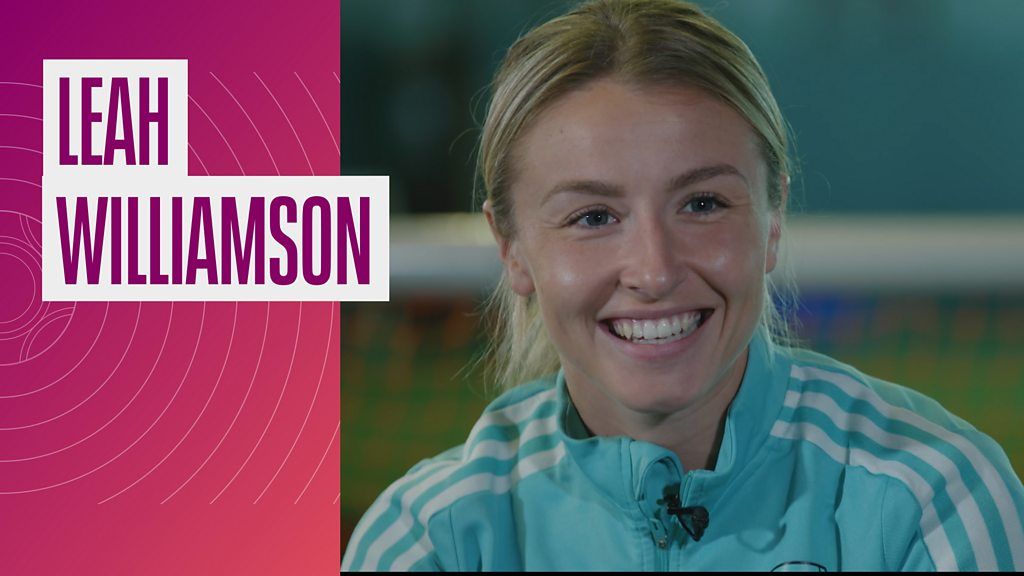
 English (US) ·
English (US) ·